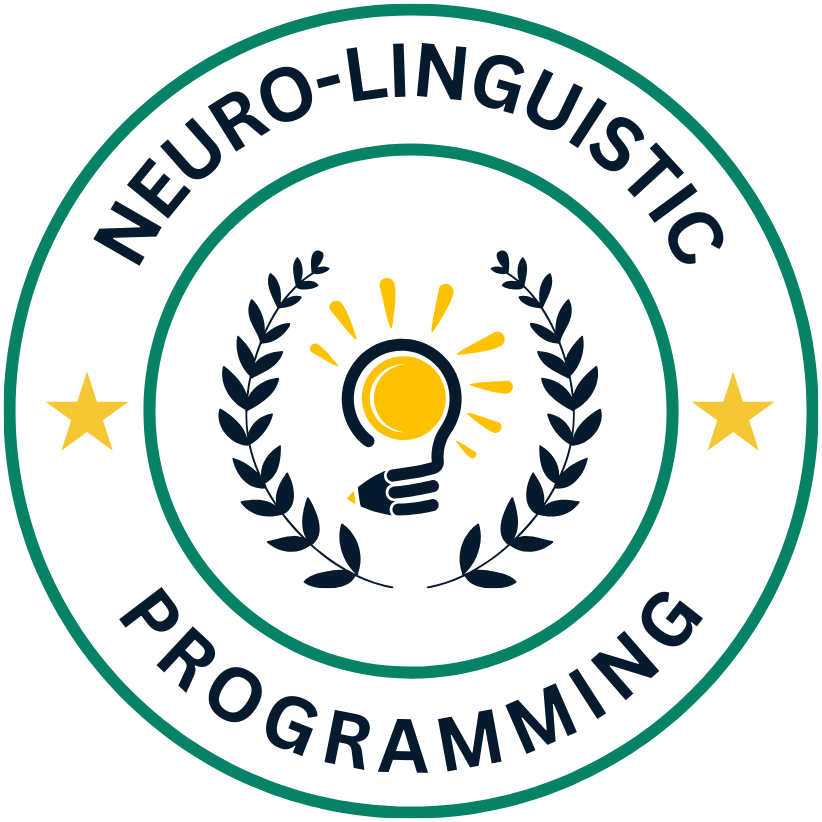With the ever-growing importance of customer service in today’s competitive business landscape, companies are constantly seeking new and innovative ways to enhance their customer interactions. Neuro-Linguistic Programming (NLP) offers a powerful toolkit that can significantly improve customer service interactions by enhancing communication, building rapport, and understanding customer needs and preferences on a deeper level. By incorporating NLP techniques into customer service training, organizations can empower their teams to deliver more personalized, effective, and empathetic customer experiences, ultimately leading to increased customer satisfaction and loyalty.
Fundamentals of NLP in Customer Service
Core Principles of NLP
With Neuro-Linguistic Programming (NLP) in customer service, practitioners focus on understanding the fundamental principles that guide effective communication and relationship-building. This involves recognizing the power of language, the significance of non-verbal cues, and the impact of individual perception on interactions.
NLP Presuppositions Relevant to Customer Service
Service providers who incorporate NLP into their customer interactions should be aware of the key presuppositions that underpin this approach. These include beliefs such as “the meaning of communication is the response you get” and “people work perfectly based on their internal models of the world.”
Plus, NLP encourages customer service professionals to adopt a mindset that assumes positive intent and seeks to understand the customer’s perspective fully. By adhering to these presuppositions, service providers can enhance their ability to connect with customers and resolve issues effectively.
Communication Excellence through NLP
Building Rapport with Customers
Some businesses are leveraging Neuro-Linguistic Programming (NLP) techniques to enhance customer service interactions. By incorporating NLP strategies, customer service representatives can build rapport more effectively, leading to improved customer satisfaction and loyalty. For deeper insights into how NLP can be applied in customer support services, check out Use-Cases of NLP in Customer Support Services.
Enhancing Listening Skills and Sensory Acuity
On the other hand, NLP can also play a crucial role in enhancing listening skills and sensory acuity in customer service interactions. By using NLP techniques, such as mirroring and matching, customer service representatives can better understand the customer’s needs and preferences. This heightened level of attentiveness can lead to more personalized and effective communication, ultimately improving the overall customer experience.
Building rapport with customers is a fundamental aspect of customer service interactions. By utilizing NLP techniques, such as matching and pacing, customer service representatives can establish a sense of connection with customers on a subconscious level. This creates a more harmonious and empathetic exchange, fostering trust and cooperation between the customers and the representatives.
NLP Techniques for Conflict Resolution
Reframing Negative Situations
With Neuro-Linguistic Programming techniques, customer service representatives can cultivate a skill known as reframing to handle conflicts effectively. By reframing negative situations, agents can shift their perspectives to focus on solutions rather than problems. This technique helps in maintaining a positive attitude and finding innovative ways to address the customer’s concerns, ultimately leading to more successful resolutions.
Utilizing Anchoring for Positive Outcomes
Negative emotions can often escalate conflicts in customer service interactions. Utilizing anchoring techniques in NLP can help customer service representatives anchor positive emotions to specific gestures, words, or actions. When a challenging situation arises, these anchors can trigger the positive emotions associated with them, allowing agents to maintain composure and respond calmly. This results in a more constructive and harmonious resolution process.
Anchoring techniques involve pairing a specific stimulus with a particular emotional state to create a connection between the two. By anchoring positive emotions, customer service representatives can access these feelings easily during stressful interactions with customers, leading to improved communication and conflict resolution.
Implementing NLP Strategies in Various Customer Service Scenarios
Face-to-Face Customer Interactions
To effectively apply Neuro-Linguistic Programming (NLP) strategies in face-to-face customer interactions, it is crucial for customer service representatives to pay close attention to non-verbal cues such as body language, tone of voice, and facial expressions. By mirroring and matching the customer’s gestures and language patterns, a sense of rapport can be established, leading to improved communication and better resolution of issues.
Telephone and Digital Communication Channels
The key to utilizing NLP strategies in telephone and digital communication channels lies in active listening and effective language patterns. By using techniques like pacing and leading, customer service professionals can build trust and credibility with customers over the phone or through online platforms. It is necessary to adapt communication styles based on the customer’s preferred mode of interaction, whether it’s via email, social media, or live chat.
Understanding the nuances of NLP can help customer service representatives tailor their approach to different communication scenarios and achieve more positive outcomes. By incorporating NLP strategies into their interactions, customer service teams can enhance customer satisfaction, loyalty, and ultimately improve overall business performance.
Training Customer Service Teams with NLP
Developing Tailored NLP Training Programs
Now, when it comes to training customer service teams with Neuro-Linguistic Programming (NLP), it’s important to develop tailored programs that cater to the specific needs and challenges faced by the team members. By customizing the training to address the areas where improvement is needed most, such as effective communication, empathy, and rapport-building techniques, teams can better leverage NLP principles to enhance their customer interactions.
Measuring the Impact of NLP on Customer Service Quality
The measurement of the impact of NLP on customer service quality is crucial in determining the effectiveness of the training programs. By tracking key performance indicators such as customer satisfaction ratings, resolution times, and repeat business, organizations can quantify the tangible benefits of incorporating NLP techniques into their customer service interactions. This data-driven approach enables teams to identify areas of success and areas for further improvement, ultimately leading to enhanced overall customer service quality.
Teams: Implementing NLP techniques in customer service interactions requires a team effort, with every member being equipped with the necessary skills and tools. Training should focus on building a cohesive team that understands and practices NLP principles consistently to provide exceptional customer service experiences.
Summing up
As a reminder, Neuro-Linguistic Programming (NLP) techniques can significantly enhance customer service interactions by improving communication, building rapport, and understanding customer needs. By utilizing NLP strategies such as mirroring, matching, and reframing, customer service representatives can establish trust, create positive experiences, and resolve conflicts more effectively. Incorporating NLP into customer service training programs can empower employees with the tools to better connect with customers, leading to increased satisfaction, loyalty, and ultimately, business success.



